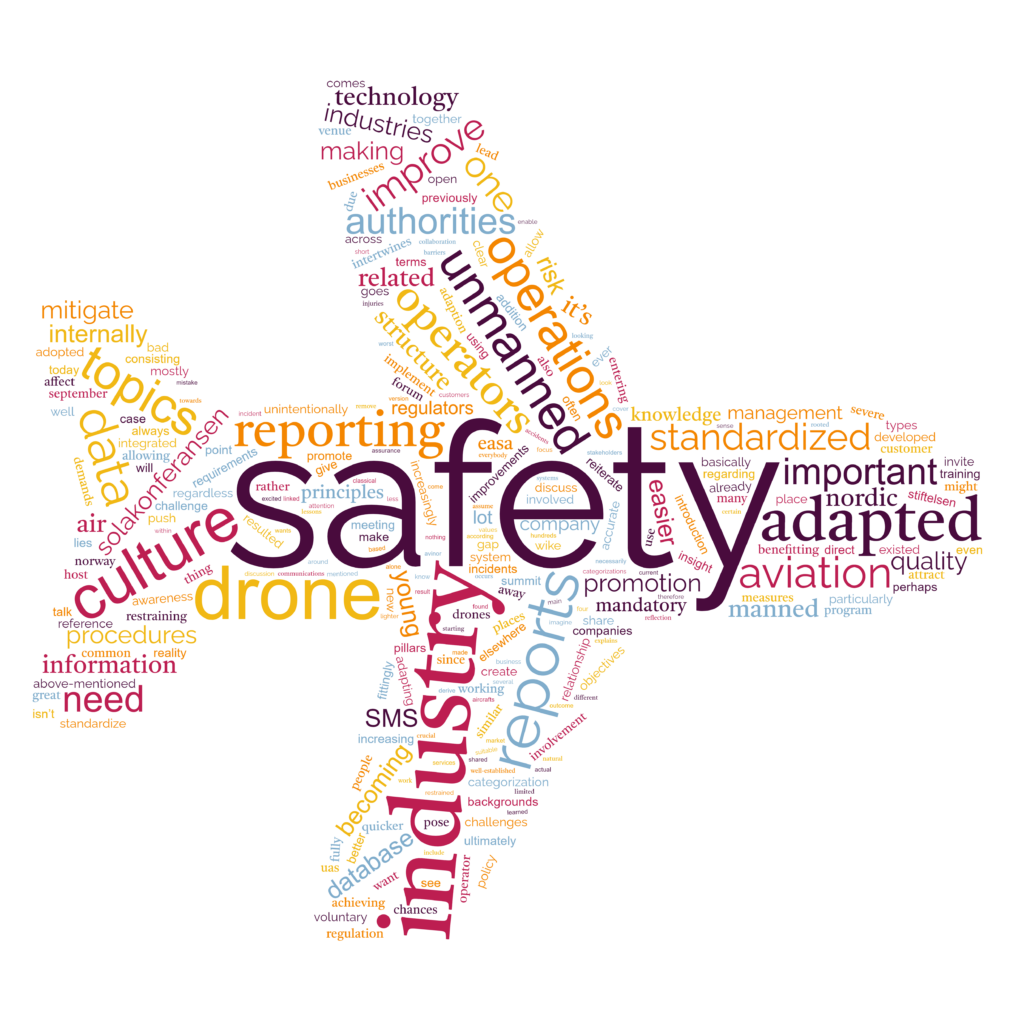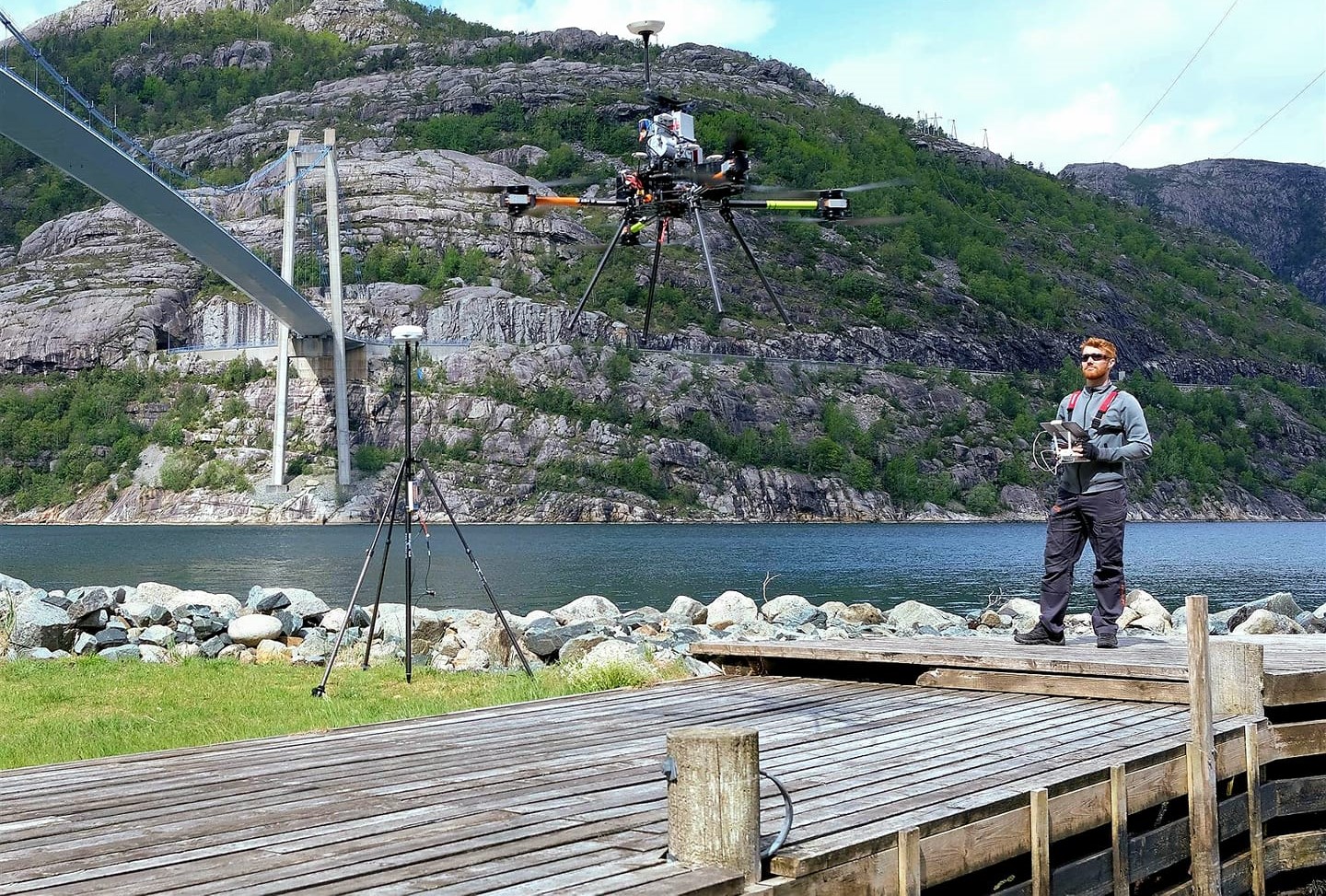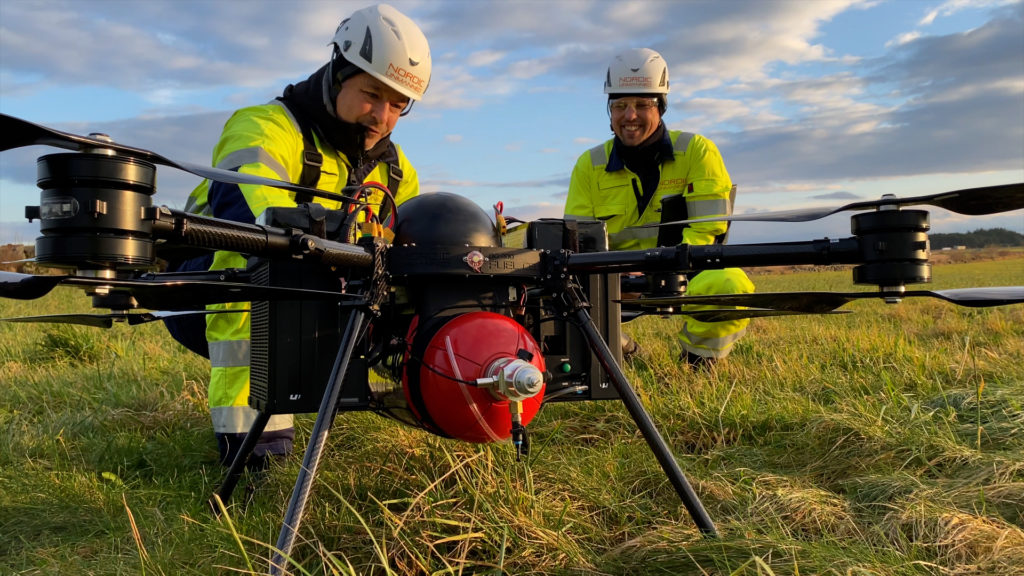Head of Quality & Safety at Nordic Unmanned, Ole Benjamin Wike explains why the drone industry should push towards a standardized reporting structure, and how we could improve the safety culture in the drone industry.
When we talk about safety, we cover four pillars: safety promotion, safety assurance, safety policy & objectives, and risk management.
While all pillars are important to have a fully integrated and working safety management system, the promotion of safety is particularly important. Not only internally, but in the drone industry as well. We can look to the well-established manned aviation industry for reference, but one of the challenges linked to a direct adaption of these principles, is that the unmanned industry does not come from aviation alone.

The unmanned industry intertwines with many industries. Due to the drone industry being so young, the knowledge within a drone company can derive from a lot of different backgrounds, making classical manned aviation principles not often rooted in the values of a company.
The introduction of new technology, such as the drone technology, can lead to companies entering aviation rather unintentionally, as their main business focus lies elsewhere. This can pose a challenge for some when adapting manned aviation principles, such as safety management systems. Therefore, safety promotion and collaboration between stakeholders, in addition to the promotion work of regulators and authorities is becoming increasingly important.
“To mitigate the knowledge gap in the market between customers, operators, authorities, and regulators, we need to implement a standardized reporting culture, adapted for unmanned aviation, making voluntary and mandatory reporting quicker and easier. In short, an adopted version of what we see in manned aviation.”
Ole Benjamin Wike, Head of Quality & Safety

There is a lot of customer training related to drone safety. In a young industry with limited standardized procedures, it’s not always clear to the customer what to include in terms of safety measures when they are looking at requirements for drone services. Standardized procedures in the drone industry are one of the measures that would mitigate the knowledge gap and is one of the topics we want to create awareness around.
In Norway, according to Regulation (EU) No 376/204, reporting is mandatory for drones above 150 kg. It is only mandatory to report for drones below 150 kg if it resulted in injuries or involvement of other aircrafts. Regardless of this, the current categorization of reports is not adapted for unmanned reports. In Nordic Unmanned, we have mostly adapted the “Air Operations” categorizations and made it lighter, but as mentioned previously, since this industry is basically consisting of operators across other industries, most operators already have their own reporting system adapted to their industry, not necessarily adapted for unmanned operations, and “Air Operations” categorization would not be suitable or even make sense for all operators.

Based on this, people and businesses are more restrained with information related to accidents or similar. Since there isn’t a lot of demands from the authorities in terms of standardized reporting, it’s natural to assume that there will be less reporting as a result. As of today, most operators only report the most crucial incidents.
There is a certain risk involved with restraining information related to reports; If an incident occurs where an operator don’t wants to or don’t need to report, chances are, nothing ever comes of it, and it goes away. But worst case, it can attract attention and give a bad reflection of the company and affect your relationship to the authorities. Other operators might also do the same mistake, and perhaps with a more severe outcome.

Achieving a common standardized report structure in the unmanned industry is great starting point to promote drone safety. We have a database with several hundreds of reports that we use internally to improve our own operations. Imagine the safety improvements in the industry if there existed a shared database of reports, allowing regulators to have an insight to better and more accurate data. This would allow authorities to enable safety communications and share data to operators across the indsutry using actual data from “lessons learned”. A common meeting place where authorities and industry can discuss these types of safety topics and share data would be a great venue to promote safety culture.
Rather fittingly, we are excited to host a Safety Summit in August together with Avinor at Stiftelsen Solakonferansen, so these meeting places are becoming a thing of reality!
We know that EASA is working on the above-mentioned topics, but to reiterate; there is a need to standardize UAS reporting and make it easier for all companies to report their incidents, ultimately increasing the safety culture in the industry. When we create a forum to discuss safety related topics in the industry, we remove the barriers and invite to an open discussion regarding drone safety, benefitting everybody involved.
Program for the Safety Summit is being developed and can be found on the program of Solakonferansen.


